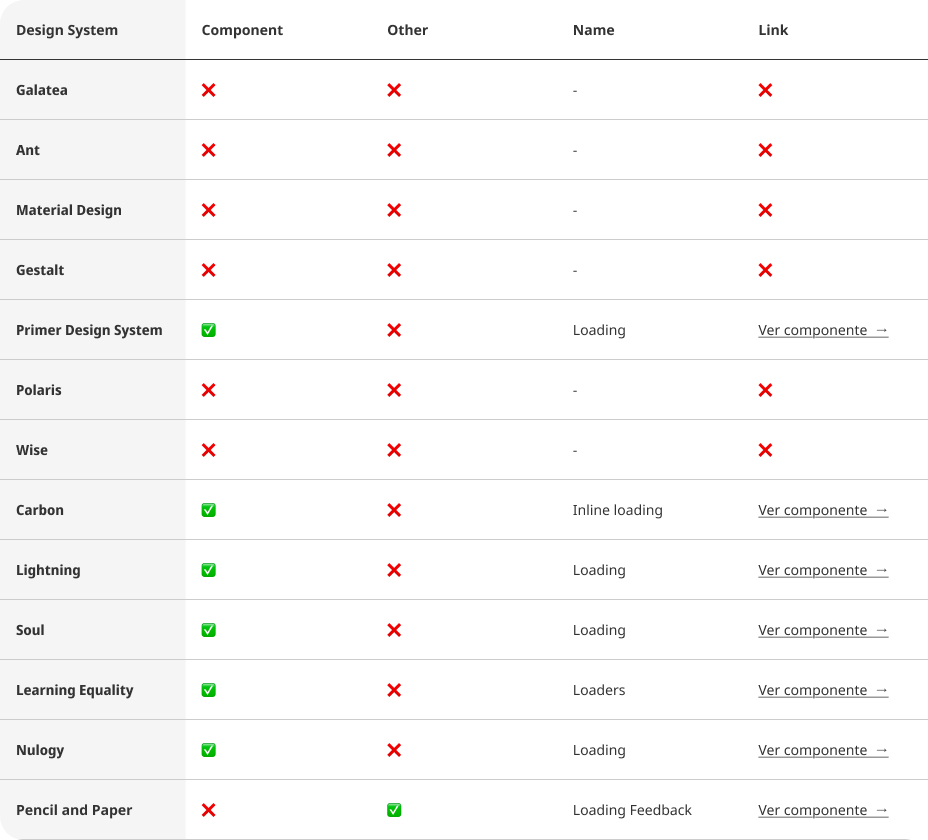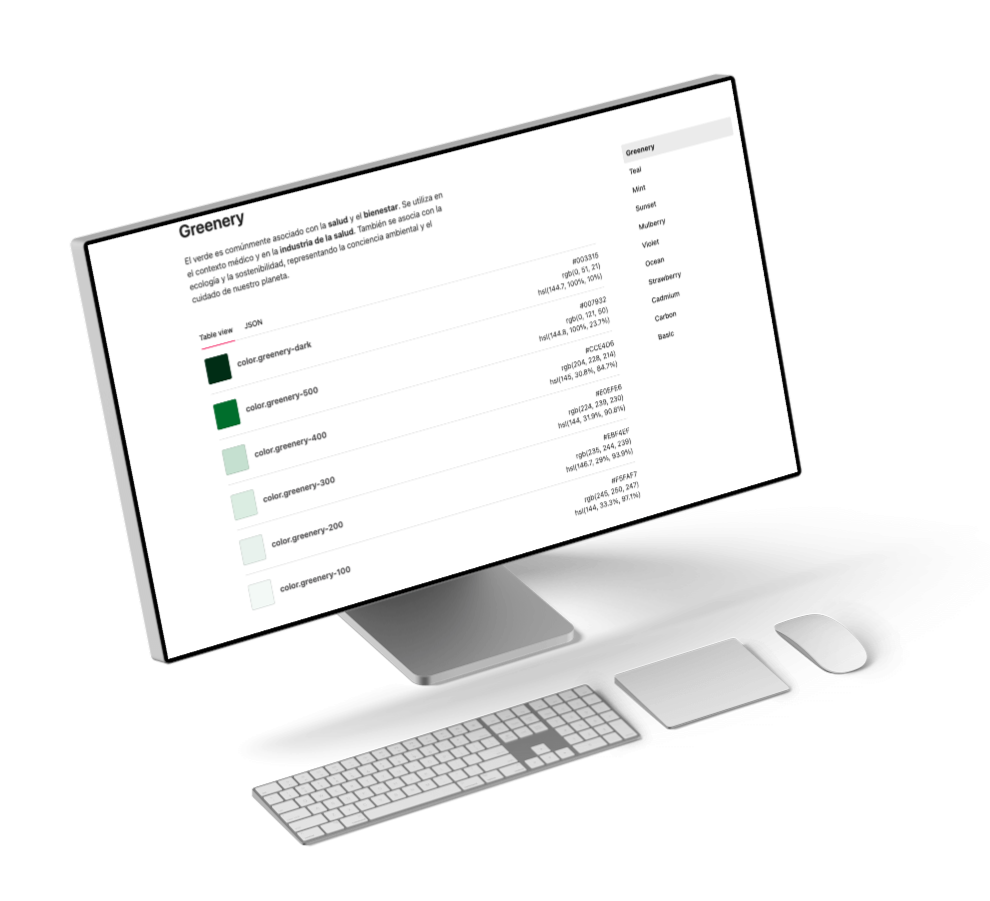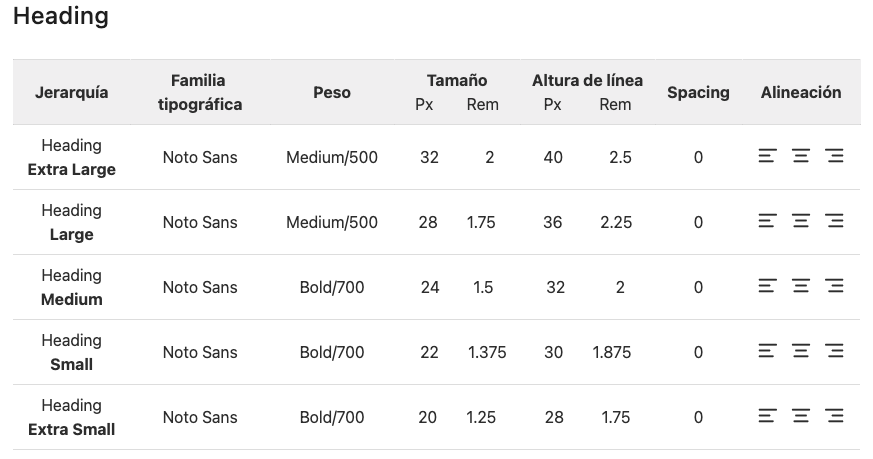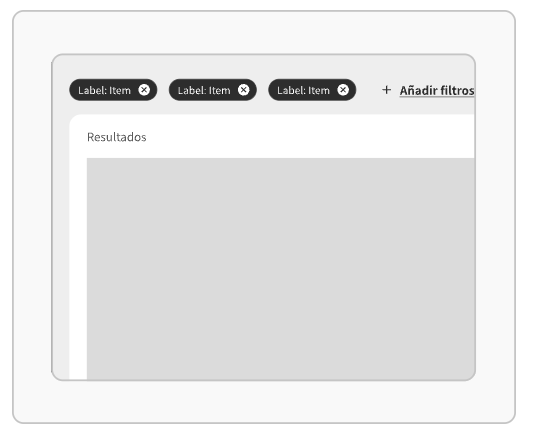M.
SAS design system: crafting the future of medical UI

The journey begins: a vision for unified medical design in 2025, the healthcare industry calls for seamless digital experiences, and the sas design system steps up as a cornerstone project. This initiative aims to create a unified design framework to power all medical applications—patient records, clinical tools, and more— ensuring consistency and efficiency across the board.
The challenge: building a robust design foundation the task ahead was complex: develop a design system that serves diverse medical professionals—doctors, nurses, and administrators—while adhering to technical and accessibility standards. This demanded not only creativity but also a deep dive into existing design systems, component behavior, and a solid foundation to support a wide range of healthcare applications.
Exploring the landscape
Researching the giants of design systems our journey started with an in-depth exploration of design systems. we studied leaders like google’s material design, apple’s human interface guidelines, and healthcare-specific systems to uncover their strengths and limitations. This research provided insights into scalability, accessibility, and component reusability, laying a strong foundation for the sas design system to excel in the medical field.

Decoding the technical blueprint
Unraveling the components under the hood armed with research, we shifted our focus to the technical details of design components. we examined buttons, forms, navigation elements, and data displays, ensuring they met the functional demands of medical apps. collaborating with developers, we explored behavior, responsiveness, and integration, building a technically robust framework for the system.

Laying the foundations
Building the cornerstone of sas with components dissected, we established the foundations of the sas design system. this involved crafting a color palette of whites, blues, and accents for clarity, selecting modern and legible typography, and designing reusable ui elements tailored to medical applications. These foundations ensure consistency, accessibility (per wcag), and a professional aesthetic across all tools.


Crafting patterns for medical processes
Designing seamless navigation patterns next, we mapped the architecture of the sas design system, focusing on crafting intuitive patterns to enhance navigation across medical applications. We organized the system into three core areas tailored to specific healthcare tasks: filtering and searching patient records for quick access, consulting detailed patient data for informed decision-making, and managing administrative functions efficiently. By refining the structure based on technical feasibility and user needs—such as doctors needing rapid filters, nurses requiring consultable patient histories, and administrators seeking streamlined workflows—we built a robust and intuitive backbone that supports the sas design system’s effectiveness across these critical patterns.

Delivering the unified solution
Bringing the sas design system to medical applications with foundations in place, we delivered the final design system, applying it to screens for patient dashboards, clinical tools, and admin interfaces. This unified approach ensures all medical applications share a consistent, efficient, and user-friendly experience.
